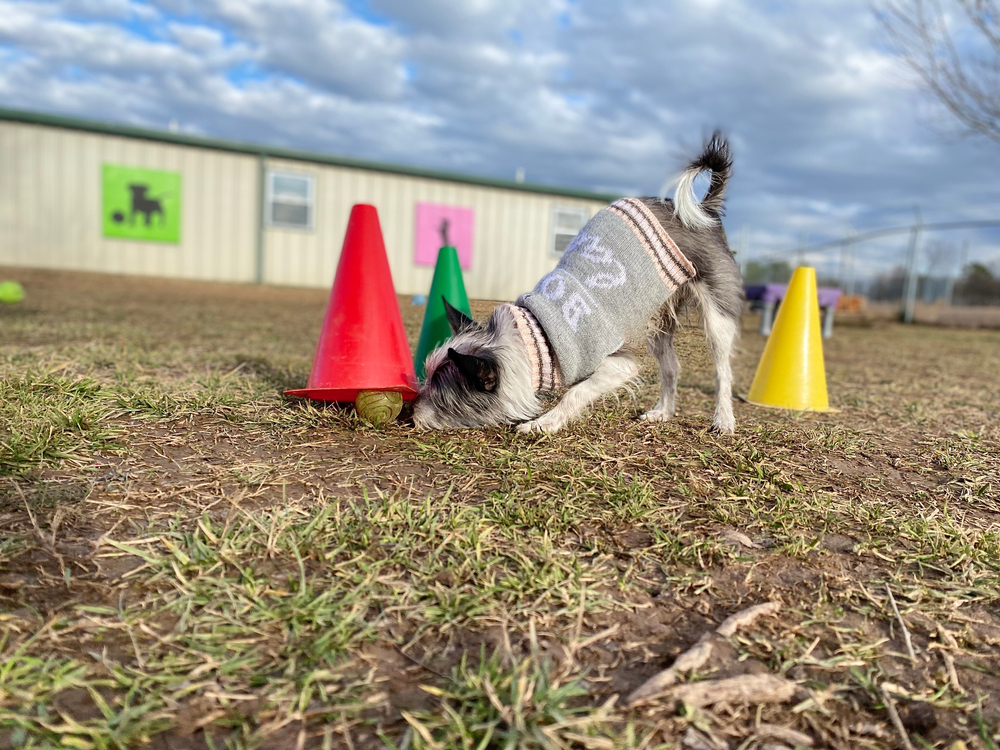Beyond the Basics: Providing a Fulfilling Life for Your Companion Pet enrichment activities
We all want the best for our pets. We provide them with food, shelter, and love, but true care goes beyond these essentials. Just like humans, animals need mental and physical stimulation to thrive. That’s where the concept of pet enrichment activities comes in. It’s about creating an environment that encourages natural behaviors, stimulates their minds, and strengthens the bond between you and your furry, feathered, or scaled friend. It’s about enriching their lives, not just sustaining them.
The Science of Stimulation: Why Pet Enrichment Activities Are Crucial
Pet enrichment activities aren’t just a fun extra; they’re vital for your pet’s well-being. These activities can have a profound impact on their physical and mental health:
- Combating Boredom and Destructive Behaviors: A bored pet can become destructive. Enrichment provides an outlet for their energy and prevents boredom-related issues like excessive chewing, scratching, or digging.
- Boosting Cognitive Function: Puzzles, games, and training challenge your pet’s mind, keeping their cognitive abilities sharp and potentially slowing down age-related decline.
- Promoting Physical Health: Many enrichment activities involve physical movement, helping your pet stay active, maintain a healthy weight, and improve their overall fitness.
- Strengthening the Human-Animal Bond: Engaging in enrichment activities together creates positive interactions and builds a stronger connection between you and your pet.
- Reducing Stress and Anxiety: Enrichment can provide a healthy way for pets to release stress and anxiety, leading to a calmer and more balanced demeanor.
- Satisfying Natural Instincts: Many enrichment activities mimic natural behaviors like foraging, hunting, or exploring, allowing your pet to fulfill their instincts and feel more content.
Tailoring Enrichment to Your Pet’s Needs: A Species-Specific Approach Pet enrichment activities
Every pet is unique, and their enrichment needs will vary depending on their species, breed, age, and personality. Consider these factors when planning activities:
- Dogs: Dogs are often highly motivated by food, play, and social interaction. Puzzle toys, training exercises, and interactive games are excellent enrichment options.
- Cats: Cats are natural hunters and explorers. Scratching posts, climbing structures, and toys that mimic prey can provide hours of entertainment and stimulation.
- Birds: Birds are intelligent and curious. Providing them with a variety of toys, puzzles, and opportunities to forage can keep their minds engaged.
- Small Animals (Rabbits, Guinea Pigs, etc.): Small animals enjoy exploring and foraging. Tunnels, hideaways, and chew toys are essential for their well-being.
- Reptiles: Reptiles have specific environmental requirements, including proper temperature and humidity. Creating a naturalistic habitat with hiding spots and climbing areas can provide enrichment.
Enrichment Ideas for Dogs: From Puzzles to Playdates Pet enrichment activities
Dogs thrive on interaction and stimulation. Here are some ideas to get you started:
- Puzzle Toys: These toys challenge dogs to work for their food, stimulating their minds and satisfying their natural foraging instincts.
- Training and Trick Training: Teaching your dog new commands or tricks is a fantastic way to provide mental exercise and strengthen your bond.
- Interactive Games: Fetch, tug-of-war, and hide-and-seek are classic games that provide both physical and mental stimulation.
- Sniffari Walks: Let your dog lead the way on walks, allowing them to explore and sniff to their heart’s content. This satisfies their natural curiosity and provides mental stimulation.
- Agility Training (Formal or Informal): Agility courses, whether formal or improvised, offer physical and mental challenges, helping dogs stay active and engaged.
- Socialization with Other Dogs: Supervised playdates with other dogs can provide valuable social interaction and enrichment.
Enrichment Ideas for Cats: Catering to Feline Fancies
Cats can be more discerning, but they still need enrichment. Consider these options:
- Scratching Posts (Variety of Textures): Scratching is a natural behavior for cats, and providing a variety of scratching posts can prevent damage to furniture. Experiment with different textures like cardboard, sisal, and carpet.
- Climbing Structures (Cat Trees, Shelves): Cats love to climb and perch. Cat trees or strategically placed shelves can provide them with a sense of security and a view of their domain.
- Interactive Prey Toys (Feather Wands, Laser Pointers): Toys that mimic prey stimulate a cat’s hunting instincts and provide exercise.
- Puzzle Feeders: These feeders require cats to work for their food, providing mental stimulation and preventing boredom.
- Window Perches with a View: Cats enjoy watching the world outside. A comfortable window perch can provide hours of entertainment.
- Short, Frequent Play Sessions: Even short play sessions with you can be enriching for your cat, strengthening your bond and providing exercise.
Enrichment for Other Pets: Thinking Outside the Box
Don’t forget the other members of your animal family! Here are some ideas for small animals, birds, and reptiles:
- Small Animals (Rabbits, Guinea Pigs, Hamsters): Provide tunnels, hideaways, chew toys, and foraging opportunities. Scatter food around their enclosure to encourage natural foraging behaviors.
- Birds (Parrots, Finches, Canaries): Offer a variety of toys, puzzles, and foraging opportunities. Rotate toys regularly to keep them interested. Provide opportunities for social interaction and mimic their natural flock behaviors.
- Reptiles (Lizards, Snakes, Turtles): Create a naturalistic habitat with appropriate temperature and humidity gradients, hiding spots, and climbing structures. Research their specific needs and provide an environment that mimics their natural habitat.
DIY Enrichment: Fun on a Budget
Enrichment doesn’t have to break the bank. Here are some DIY ideas:
- Cardboard Box Creations: Turn cardboard boxes into tunnels, hideaways, or foraging boxes.
- Upcycled Toys: Repurpose old t-shirts, socks, or other materials into toys.
- Frozen Treats: Freeze broth or yogurt in ice cube trays for a refreshing and enriching treat.
- Homemade Puzzle Toys: Use plastic containers or egg cartons to create puzzle toys that require your pet to work for their food.
Making Enrichment a Habit: Integrating it into Your Daily Routine
The key to successful pet enrichment is consistency. Make it a part of your daily routine. Start small and gradually introduce new activities. Observe your pet’s reactions and adjust your approach accordingly. Remember, pet enrichment activities are an investment in your pet’s well-being and a way to deepen your connection with them. By providing a stimulating and enriching environment, you can help your pet thrive and live a happy and fulfilling life. It’s not just about filling their days; it’s about enriching their lives.

